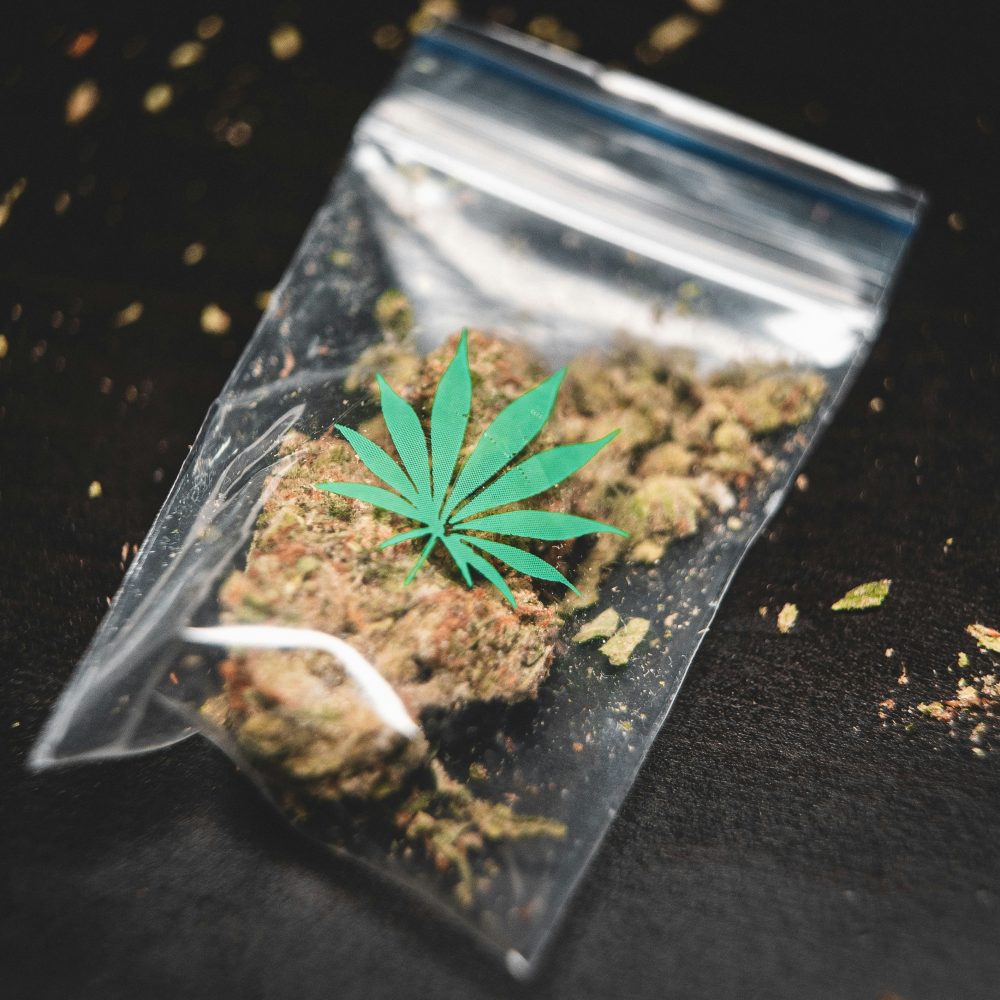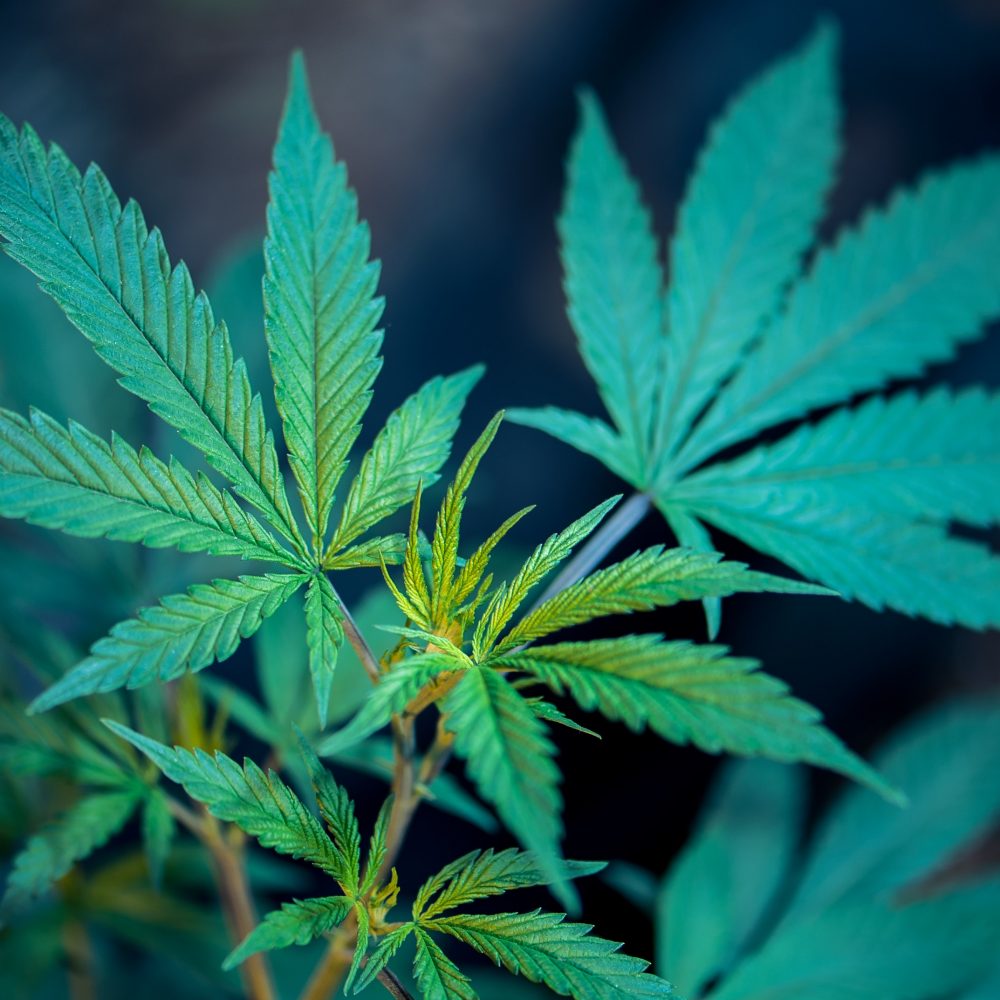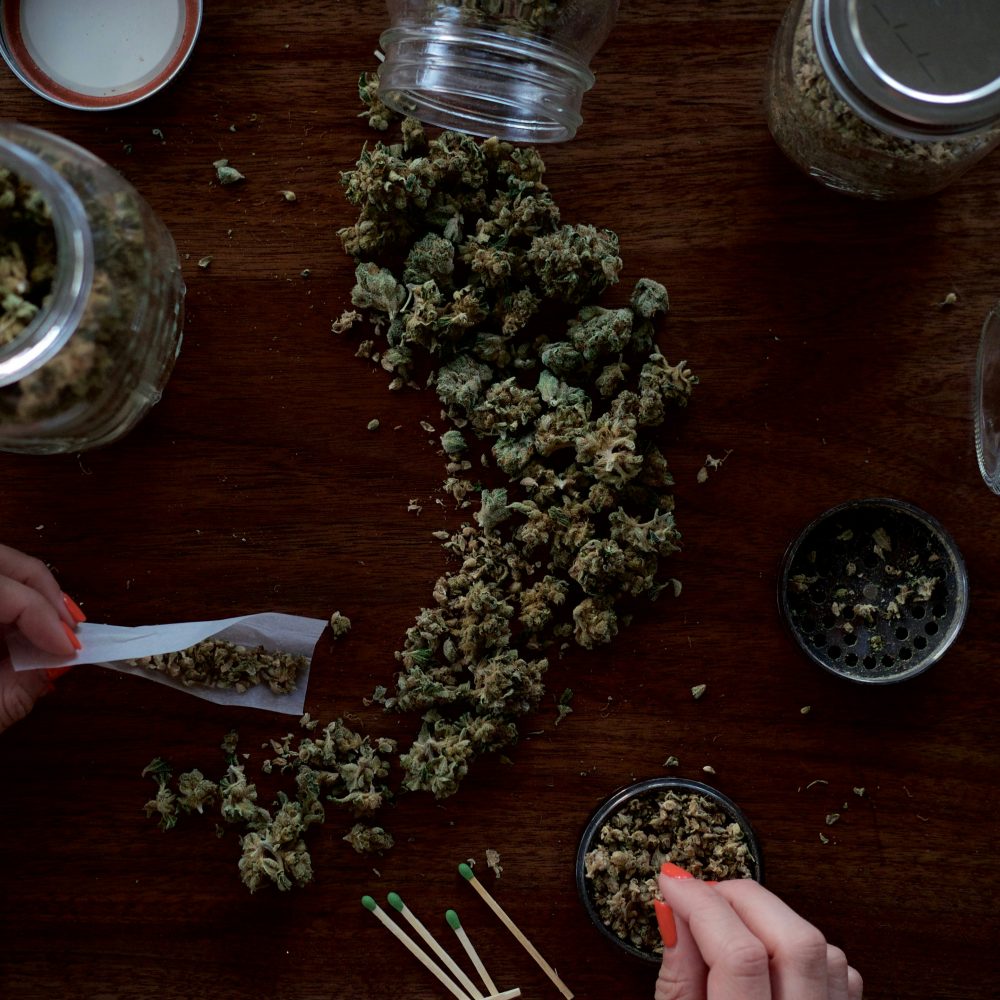With the cannabis industry thriving and growing at record speed, jobs for a budtender are multiplying in response. It’s a coveted job for people of all ages, types and varying levels of expertise. No matter who you are, it is always good to know the basics of serving cannabis.
The role of a budtender extends beyond the confines of a dispensary counter; it’s a journey into the intricate world of cannabis, where product knowledge, customer service, and a passion for the plant converge. Whether you’re a seasoned budtender or someone stepping into this dynamic role, the foundation of success lies in a deep understanding of cannabis facts. Here is the essential knowledge every budtender should possess, from the science behind the plant to the nuances of strains, consumption methods, and the ever-evolving legal landscape.

Credit to Gras Grun
Budtender 101
I. Cannabis Botany and Genetics: The Building Blocks of Variability
1. Cannabis Sativa, Cannabis Indica, and Cannabis Ruderalis:
Understanding the basic taxonomy of the cannabis plant is crucial. While Cannabis sativa and Cannabis indica are the primary species, each with its characteristic effects and growth patterns, Cannabis ruderalis is less common and often associated with auto-flowering varieties.
2. Terpenes and Cannabinoids:
Terpenes are aromatic compounds responsible for the distinct smells of different strains, contributing to the entourage effect. Cannabinoids like THC (tetrahydrocannabinol) and CBD (cannabidiol) play a pivotal role in the physiological effects of cannabis.
3. Hybrid Strains:
Many strains in the market are hybrids, combining genetics from both sativa and indica plants. Understanding hybridization allows budtenders to guide customers towards strains that align with their preferences.
II. Strain Knowledge: Navigating the Spectrum of Effects
1. Indica, Sativa, and Hybrid Effects:
Indica strains are associated with relaxation, sedation, and body effects, while sativas are known for energizing and uplifting effects. Hybrids offer a blend of characteristics based on their genetic makeup.
2. High-THC and High-CBD Strains:
Knowledge of strains with varying THC and CBD concentrations is essential. High-THC strains are associated with psychoactive effects, while high-CBD strains offer potential therapeutic benefits without the same level of intoxication.
3. Terpene Profiles:
Terpenes play a significant role in the overall effects and aromas of cannabis. Recognizing terpene profiles helps budtenders guide customers based on their desired experiences and preferences.
III. Consumption Methods: Matching Preferences with Products
1. Smoking and Vaporizing:
Smoking and vaporizing are common inhalation methods. Understanding the nuances between the two helps budtenders guide customers based on preferences for immediacy or discretion.
2. Edibles and Tinctures:
Edibles and tinctures offer an alternative to inhalation. Budtenders must educate customers about onset times, duration, and dosing to prevent overconsumption.
3. Topicals and Transdermals:
Topical and transdermal products are applied to the skin, providing localized relief without the psychoactive effects. Budtenders should guide customers in choosing the right products for specific needs.
4. Dabbing:
Dabbing involves the vaporization of cannabis concentrates. Understanding the potency and effects of concentrates is crucial for budtenders guiding customers through this consumption method.
IV. Cannabis Safety and Regulation: Navigating Legal Complexities
1. Legal Age and Identification:
Knowing the legal age for cannabis consumption and recognizing valid identification is fundamental for compliance and responsible sales.
2. Dosage and Packaging Regulations:
Understanding dosage guidelines and packaging regulations helps budtenders inform customers about responsible use and adherence to legal standards.
3. State-Specific Laws:
Cannabis laws vary by state, and budtenders must stay informed about local regulations to provide accurate and up-to-date information to customers.
4. Lab Testing and Quality Assurance:
Knowledge of lab testing procedures ensures that budtenders can explain product quality and safety to customers. This includes understanding potency, terpene profiles, and the absence of contaminants.
V. Customer Interaction: Building Trust and Tailoring Recommendations
1. Active Listening:
Active listening is a cornerstone of effective budtender-customer interactions. Understanding customer preferences, experiences, and concerns allows budtenders to offer personalized recommendations.
2. Asking the Right Questions:
By asking targeted questions, budtenders can gather information about a customer’s desired effects, preferred consumption methods, and any medical considerations, tailoring recommendations accordingly.
3. Providing Educational Resources:
Budtenders should be well-versed in recommending educational resources, such as reputable websites, books, or articles, to customers looking to deepen their cannabis knowledge.
4. Building Rapport and Trust:
Building a rapport with customers fosters trust and loyalty. Budtenders who create a comfortable and informative environment contribute to a positive dispensary experience.

Credit to Roberto Valdivia
VI. Emerging Trends: Staying Current in the Cannabis Landscape
1. New Products and Innovations:
The cannabis industry is dynamic, with new products and innovations constantly emerging. Budtenders should stay informed about trends, such as novel consumption methods or innovative product formulations.
2. Cannabis Events and Conferences:
Attending industry events and conferences allows budtenders to network, learn about emerging trends, and gain insights into the evolving landscape of cannabis.
3. Ongoing Education:
Ongoing education is essential for budtenders to stay abreast of new research, evolving regulations, and advancements in cannabis science. Regular training sessions and workshops contribute to their expertise.
VII. Responsible Cannabis Use: Promoting Well-Informed Decisions
1. Educating About Tolerance and Sensitivity:
Budtenders should educate customers about the variations in individual tolerance and sensitivity to cannabis, emphasizing the importance of starting with lower doses for new consumers.
2. Mitigating Potential Risks:
Budtenders play a crucial role in mitigating potential risks associated with cannabis use, including overconsumption, interactions with medications, and the impact on mental health.
3. Promoting Harm Reduction:
Promoting harm reduction strategies, such as using cannabis in a safe environment and avoiding certain activities while under the influence, contributes to responsible use.
VIII. Cannabis and Health: Understanding Medicinal Properties
1. Conditions Treatable with Cannabis:
Understanding conditions that may be alleviated by cannabis, such as chronic pain, anxiety, or insomnia, enables budtenders to provide informed recommendations to customers seeking therapeutic benefits.
2. Interaction with Medications:
Budtenders should be aware of potential interactions between cannabis and medications, guiding customers to consult with healthcare professionals when necessary.
3. Promoting Responsible Self-Medication:
Encouraging customers to seek professional medical advice for serious health concerns and promoting responsible self-medication aligns with the ethical responsibilities of budtenders.
IX. Ethical Considerations: Navigating Gray Areas with Integrity
1. Personal Bias and Recommendations:
Budtenders must be aware of personal biases and ensure that recommendations are based on customer preferences and needs rather than personal opinions.
2. Product Endorsement and Transparency:
Transparency is key when it comes to product endorsement. Budtenders should disclose any affiliations or incentives related to specific products, ensuring an honest and trustworthy customer experience.
*3. Navigating
Legal Gray Areas:*
In situations where the legality of certain products or recommendations is ambiguous, budtenders should exercise caution, prioritize customer safety, and seek guidance from management or legal experts.
X. Continuing the Conversation: Shaping the Future of Cannabis Knowledge
The role of a budtender is an ongoing exploration of cannabis knowledge, evolving with the industry’s growth and the increasing acceptance of cannabis in society. By continuously expanding their understanding of cannabis science, product innovation, and customer dynamics, budtenders become instrumental in shaping the narrative of responsible cannabis use.

Credit to Wesley Gibbs
The multifaceted role of a budtender demands a comprehensive grasp of cannabis facts, from the molecular intricacies of the plant to the nuances of customer preferences and legal landscapes. Armed with this knowledge, budtenders become not just purveyors of cannabis products but trusted guides, facilitating informed choices and responsible consumption within the ever-evolving world of cannabis. As the industry progresses, the commitment to continuous learning ensures that budtenders remain at the forefront of cannabis expertise, contributing to a culture of responsible use and informed decision-making.
More budtender 101 can be found here.








